Copyright 2015 by David K. Wright All rights reserved.
Originally published as Arthur Ashe: Breaking the Color Barrier in Tennis in 1996.
No part of this book may be reproduced by any means without the written permission of the publisher.
Library of Congress Cataloging-in-Publication Data
Wright, David K.
The life of Arthur Ashe : smashing the color barrier in tennis / David K. Wright. pages cm.
Includes bibliographical references and index.
ISBN 978-0-7660-6260-3
1. Ashe, Arthur. 2. Tennis playersUnited StatesBiography. 3. African American tennis playersBiography. 4. Discrimination in sportsUnited States. I. Title.
GV994.A7W76 2015
796.342092dc23
[B]
2014027437
Future editions:
Paperback ISBN: 978-0-7660-6261-0 EPUB ISBN: 978-0-7660-6262-7 Single-User PDF ISBN: 978-0-7660-6263-4 Multi-User PDF ISBN: 978-0-7660-6264-1
This is the PDF version 1.0.
To Our Readers:
We have done our best to make sure all Internet Addresses in this book were active and appropriate when we went to press. However, the author and the publisher have no control over and assume no liability for the material available on those Internet sites or on other Web sites they may link to. Any comments or suggestions can be sent by e-mail to or to the address on the back cover.
Illustration Credits: AP Photo/Marty Lederhandler, p. 4.
Contents
Arthur Ashe poses on the balcony of his New York City apartment on August 21, 1979. He had recently returned from the hospital after suffering a heart attack on July 31.
T he lean man with the wire-rim glasses stepped into the glow of television lights and was immediately recognized as Arthur Ashe. What was happening? had the first African-American male ever to star at professional tennis decided to face a tough opponent? Was the player who had defeated Jimmy Connors, Rod Laver, and others announcing an end to his retirement? Or was the former Davis Cup tennis captain about to report an interest in some other phase of his favorite sport? And why had Home Box Office (HBO) furnished the sports hero with a large and special room for this news conference?
Sadly, Ashes appearance in New York City on April 8, 1992, had nothing to do with tennis. Rather, he solemnly told the group of journalists he was infected with the AIDS (acquired immunodeficiency syndrome) virus. He had been infected as a result of a blood transfusion following surgery several years earlier.
The newspeople seemed stunned. They knew of his tennis ability, just as they were aware that Ashe had suffered heart attacks and had undergone two heart-bypass surgeries and a brain operation. But a few may still have assumed that mostly drug users and homosexuals contracted the deadly disease, so they were ill prepared for the former athletes announcement.
Nor were they ready to see Arthur Ashe display emotion. After all, Ashe was famous for his ability to hide his feelings, whether playing tennis on center court at Wimbledon in England or silently protesting discrimination in front of the White House in Washington, D.C. Today, however, they saw Ashes eyes fill with tears.
Ashe said he was admitting that he had the disease because a nationwide daily newspaper, USA Today, was about to inform its readers of his illness. He said he had hoped to keep the information secret so that his five-year-old daughter would not know he would soon be dead. At the mention of his family, Ashe put his hand to his forehead. The thought of his loving wife, Jeanne, and daughter, Camera, became too much for him to bear. The only sound in the room was the click of cameras, catching one of Americas most respected, most disciplined people in a moment he could not control.
Jeanne, standing beside him, took up Arthurs written statement where he left off. The newspaper, she read, put me in the unenviable position of having to lie [about having AIDS] if I wanted to protect our privacy. No one should have to make that choice. I am sorry that I have been forced to make this revelation now.
Ashe noted that he disliked this invasion of privacy. Since his playing days were over, he felt he should be free to revealor not revealhis disease as he pleased. But the former athlete knew that he was still well known, just as he knew that many medical and other people had helped him keep his secret until now. So he pledged to take up the cause of AIDS. He ended his prepared statement by pointing out that he and his family would have to learn to behave differently. But they would adjust and go forward, despite the terrible disease and the willingness of some in the news media to point out anyone who suffered from it.
Ashe regained control of his emotions and answered questions for forty-five minutes. No, he said, neither Jeanne nor his daughter, Camera, had tested positive for the AIDS virus. Yes, he felt fine most of the time, and he planned to continue his business career and his social activism. He reminded AIDS patients not to become depressed, since a cure could come at any time. The news conference ended, as did so many events connected with Ashes life: He left the room even more respected than when he entered.
Always thoughtful, Ashe had spent the previous day writing his statement and phoning family and friends about the news conference. He gave them advance warning to prevent them from being stunned if they turned on a television, tuned in a radio, or picked up a newspaper. Ashe ended up making dozens of calls to tennis stars, attorneys, politicians, and activists, as well as to aunts and uncles. President George Bush learned of Ashes ailment and personally called to express his concern.
A lifetime of athletics and activism, capped by burning intelligence and a spotless reputation, won for Arthur Ashe one of the highest honors in all of sports a few months later. In December 1992, he was named Sportsman of the Year by Sports Illustrated magazine. Ashe, the magazine noted, epitomizes good works, devotion to family and unwavering grace under pressure. The athlete-turned-businessperson was being honored not for his tennis game, which had once been exciting, but for his character. To understand the character of Arthur Ashe, it is necessary to travel to the Virginia state capital of Richmond and there to examine the past.
.jpg)
A rthur Ashe, Jr., was one of two children of Arthur Ashe, Sr., and Mattie Cordell Cunningham Ashe. He was born on July 10, 1943, in Richmond, Virginia, the capital of the Confederate States of America during the Civil War (1861-1865). Richmond is a handsome city halfway between the Atlantic Ocean and the Appalachian Mountains. Today it has a population of more than two hundred thousand. Much of the area was burned during the Civil War but recovered quickly because of the tobacco industry. Although it is just over one hundred miles south of Washington, D.C., the Richmond where Arthur Ashe grew up was a very segregated, very southern community.


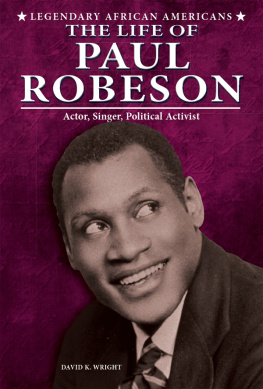
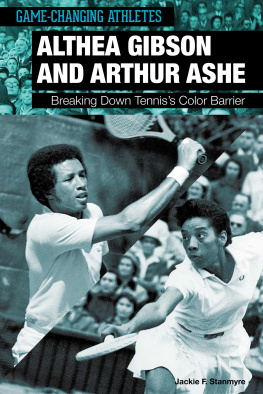

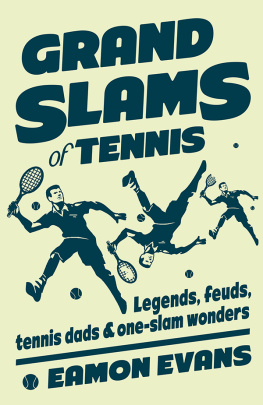

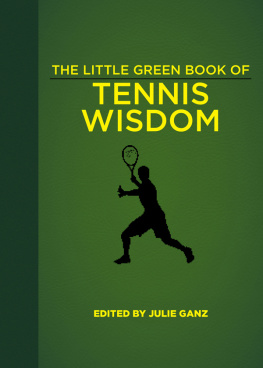
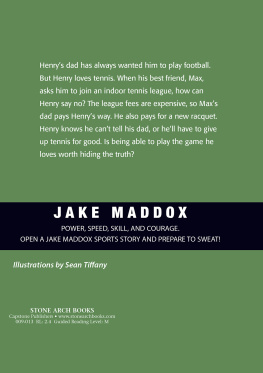

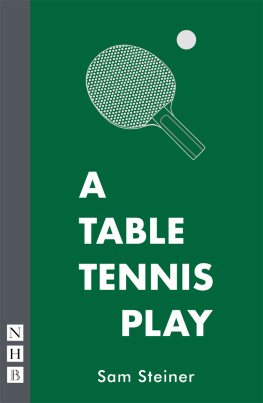
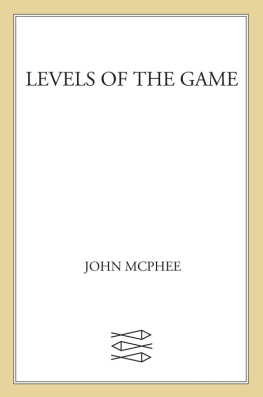




.jpg)
.jpg)